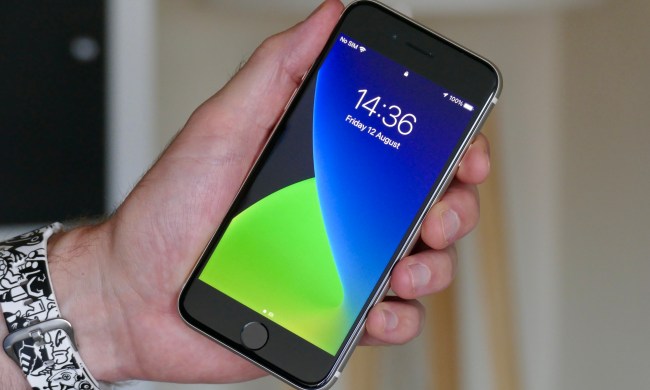After months of promises and and extreme patience from customers, YouTube TV finally has added a picture-in-picture feature (also referred to as PiP) for iPhone and iPad. The company confirmed the rollout this week, and it started appearing in the app a few hours later, apparently triggered by a server-side update.
The feature allows you to continue watching a show in a smaller window while doing something else on your device.

To activate PiP mode, you’ll need to be actually watching a video first, and then switch to another app, or swipe up to go to the home screen. The active video will shrink into a corner of your device, and you can then drag it to any other corner you wish.
The feature has been long-requested by iOS users — and it was added to the YouTube app in June 2021. But it wasn’t made available for YouTube TV until now. Neal Mohan, YouTube’s chief product officer, said in February that it was coming, and a month and a half later it’s here.
More on YouTube TV
iPhone & iPad users 🔊
We’re happy to share that picture-in-picture is now rolling out to your iOS 15+ devices. Simply select a video to watch and swipe ⬆️ from the bottom of the screen to return to the device's homepage. The video can scale down and move across your screen.
—
YouTube TV (@YouTubeTV) March 30, 2022



